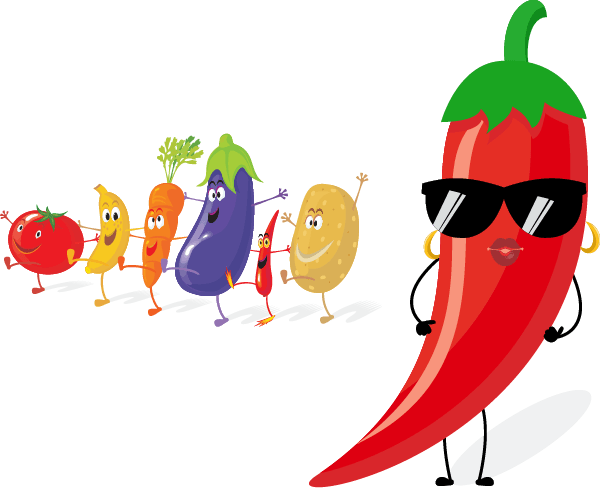
Beef, Dairy + Climate Change
Ag Lobby Gets UN to Censor Role of Livestock in Climate Change
Agriculture lobbyists successfully pressured UN’s Food and Agriculture Organization (FAO) to downplay role of livestock in climate change.
Beef’s Contribution to Climate Change
This 4-minute animated video lays out the facts: If you care about climate change, stop eating beef. Period.
Burger Chain Pushing Customers Away from Beef
What happens when a profitable burger chain realizes their “cash cow” is a climate villain? Sometimes a company does the right thing. And thrives.
CAFOs: How Modern-Day Animal Agriculture Contributes to Climate Change
This Sierra Club primer on CAFOs (concentrated animal farming operations) describes what they are, how they pollute the air and water, and negatively impact human health. 90% of the meat, dairy and eggs consumed in the U.S. come from CAFOs.
Climate Deadlines for Meat & Dairy
Summary of a 2024 survey of 200 scientists concludes the only way to achieve climate goals is to drastically reduce production of meat and dairy. For years, climate scientists have been talking about and working on reducing global warming by phasing out fossil fuels. It’s time for governments and legislators to work on animal agriculture.
Dairy vs. Plant-Based Milks
Dairy milk uses significantly more land (resulting in deforestation), emits more greenhouse gases, and creates more water pollution than plant-based milks. But whether you should switch to almond, soy, or oat milk depends upon your values. This simple chart compares them all, so you can decide based on the numbers.
Dairy’s Environmental Impact
The World Wildlife Fund (WWF) reviews all of the ways the dairy industry impacts the environment.
How Avian Flu Spread to Dairy Cows … and Humans?
NPR report on the 2024 spread of avian flu to dairy cows … and so far, one human.
How CAFOs Go Unregulated, Despite Federal Rules
Iowa grows more animals than any other state, most in CAFOs – concentrated animal feeding operations; i.e., enormous factory farms. This Iowa Capital Dispatch newspaper article details the environmental cost of politicians and state legislatures refusing to regulate the vast amount of manure factory-farmed cattle, poultry and hogs produce. The result: widespread water and air pollution.
How Concentrated Animal Feeding Operations (CAFOs) Impact Communities
A pressing public health issue associated with CAFOs comes from the amount of manure they produce; it can contain E. coli, growth hormones, antibiotics, chemicals used to clean equipment, animal blood, copper sulfate, and more. These contaminants pollute the water and air. Though sewage treatments are required for human waste, they are not required for animal waste.
Iowa Citizens Standing Up Against CAFOs
Iowa citizens and NGOs are fighting CAFO expansion. Their goal is to force Big Ag mega-farmers to stop polluting waterways with animal manure, and to clean up hundreds of waterways they’ve already polluted.
Meat Consumption in the U.S.: Increasing or Decreasing?
Short article that unravels conflicting data on meat consumption: Is it increasing or decreasing? The U.S. and Portugal are tied for highest overall meat consumption in the world. Chicken accounts for the largest portion of meat eaten in the U.S., while in Portugal, people prefer seafood. U.S. consumers eat an average of 82 pounds of beef/year, well above the global average of 19.8 pounds/year. Many Americans have swapped beef for poultry – which is why it tops the chart of most-consumed meat. Most meat in the U.S. – beef, poultry, pork — is raised in environmentally destructive, and largely unregulated CAFOs.
Meat Eater’s Guide to Climate Change + Health
Not ready to give up meat & dairy completely? This handy tool illustrates how reducing your consumption of each will improve your health and the health of the planet.
Transparency in Food Systems & Ag-Gag Laws
This report from Johns Hopkins University explains how “out of site, out of mind,” allows us to ignore the process used to transform farm animals to the shrink-wrapped chicken and beef we buy at the supermarket. Big Ag — as well as consumers — want to keep it this way. Ag-Gag laws, now in place in five states, criminalize whistle-blowing about what goes on in animal growing and processing facilities.
What are Ag-Gag Laws?
The meat industry is waging an all-out war on our right to know what goes on in factory farms. Legislation is being passed that makes it illegal to be a whistleblower on how animals and workers are abused in factory farms. Mercy for Animals answers questions about what Ag-Gag laws are (a term first used by chef/writer Mark Bittman), and states where they have been passed and are being proposed.
What’s Worse — Dairy or Beef?
Beef and lamb emit more greenhouse gases than any other food. But cheese comes in at #3. Why? Because it uses so much milk to produce – and milk comes from greenhouse gas-emitting cows. But not all cheese is created equal. Some is less harsh on the environment than others.

